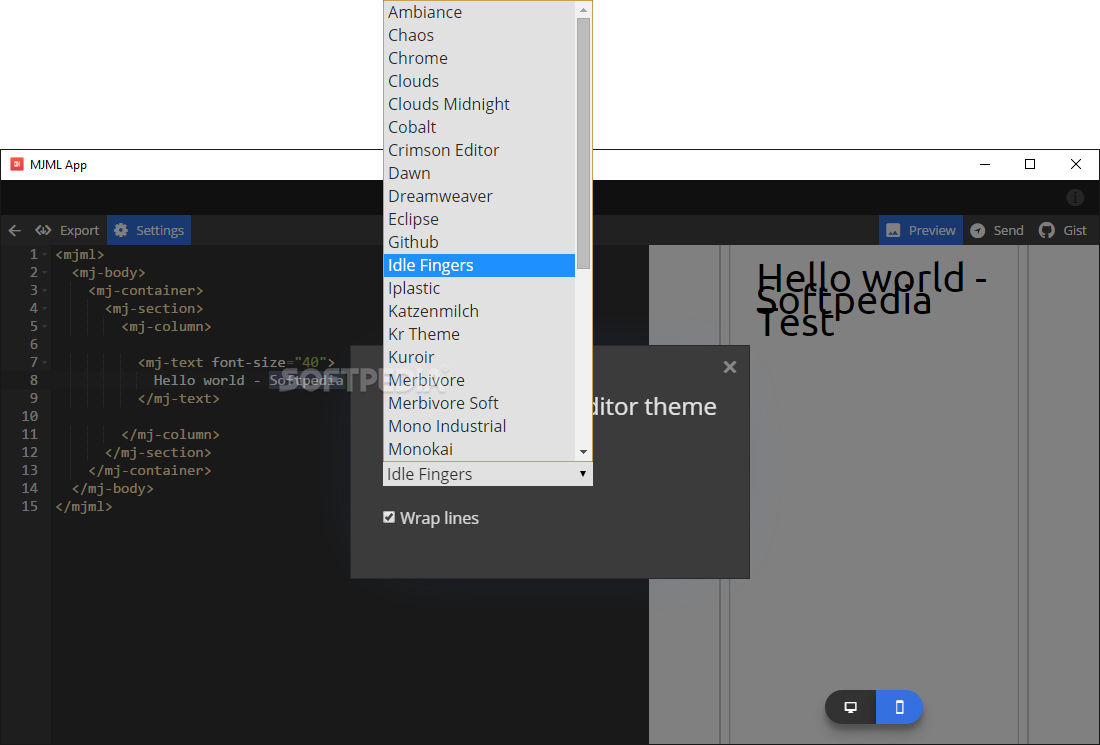

For example, by double clicking on an image component you will see the default Asset Manager, which you can customize or integrate you own. GrapesJS comes with a few built-in Components that enable different features once rendered in the canvas. If you want to learn more about Custom Components, you should check out Component Manager Module. For example, by dragging a placeholder text you can fetch and show instead a dynamic content. This means you can show the user whatever you desire regardless of what is in the Model. This isn't totally out of the ordinary, but the unique thing about Components that you can create a totally decoupled View.
#MJML INSTALL CUSTOM COMPONENT CODE#
Therefore, if you add a new attribute to the model, it will be available in the export code (which we will learn more about later), and the element you see in the canvas will be updated with new attributes. Generally, all Model properties are reflected in the View. A GrapesJS Component is an object containing information about how the element is rendered in the canvas (managed in the View) and how it might look its final code (created by the properties in the Model). Alternatively, you can use an online editor. One, if you have a code editor on your computer like Visual Studio Code or Atom, you can install it onto your machine (please see the instructions here). Technically, once you drop your HTML block inside the canvas each element of the content is transformed into a GrapesJS Component. There are two ways to use MJML to make your own custom content blocks in Marketing Cloud. If you want to learn more about blocks we suggest to read its dedicated article: Block Manager Module.


 0 kommentar(er)
0 kommentar(er)
